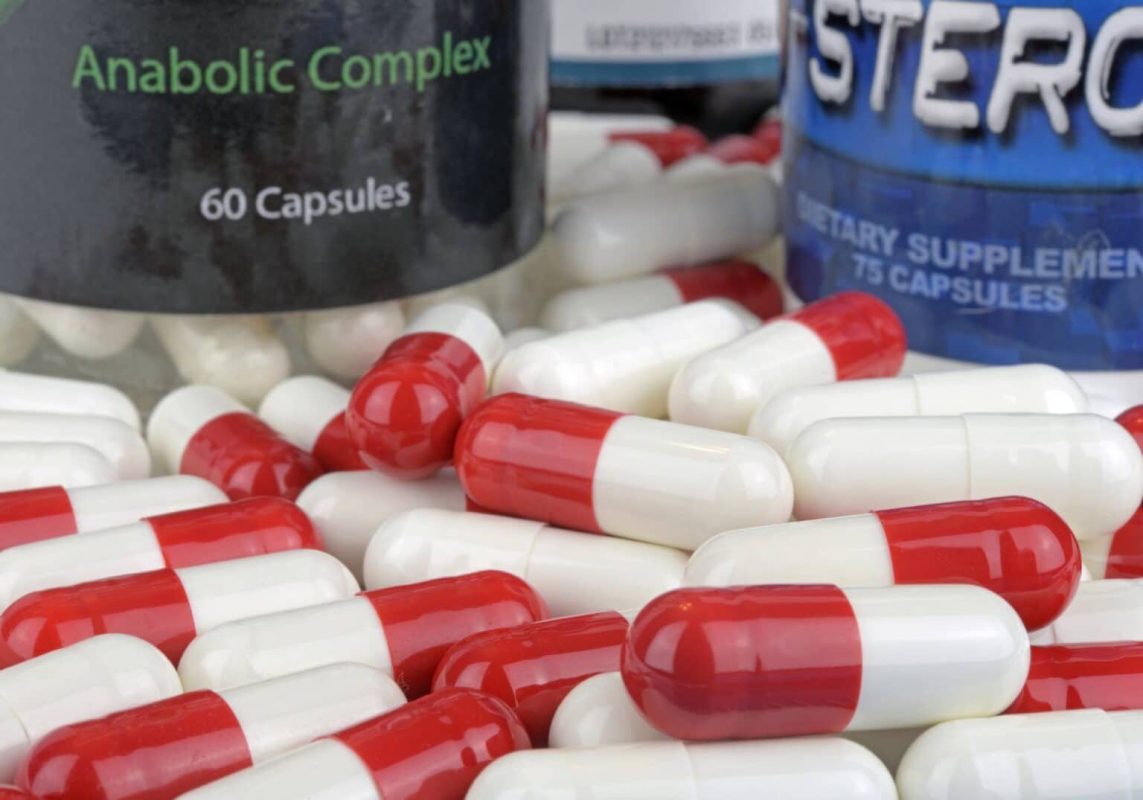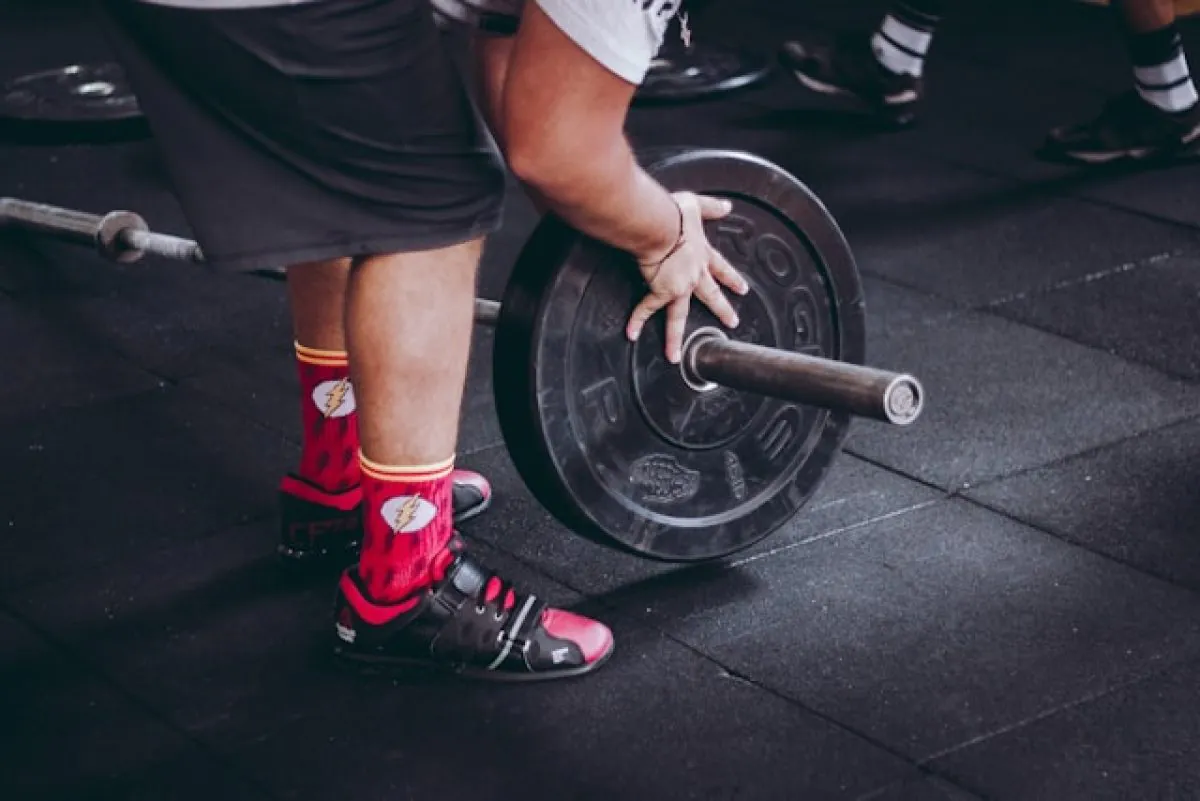Synthol Side Effects: What Every Gym Goer Should Consider

Nearly every gym goer wants bigger muscles yesterday, but the risks behind quick fixes can be serious. Synthol side effects range from local pain to life-threatening complications. Good news, understanding what you’re up against can help you make a safer choice.
Understand Synthol Side Effects
Synthol is a site enhancement oil you inject into target muscles to boost size without strength gains. It’s 85% medium-chain triglyceride oil, 7.5% lidocaine, and 7.5% benzyl alcohol (the mix stays in your tissue). Bodybuilders use synthol for rapid volume in biceps, triceps, deltoids, pecs, and calves. You may have seen dramatic results in synthol before and after photos online.
Synthol oil injections are legal and sold easily on the internet, but you won’t find reliable science backing the safety claims. Users often invoke medical or pharmaceutical language to justify its use (creating a sense of lay expertise). Despite those narratives, the compound never absorbs into the body. Once injected, it hardens in your muscle, making enlargement permanent unless you opt for surgery.
Consider muscle and tissue risks
Injecting oil deep into your muscle carries immediate threats. Here’s a quick overview of what might happen at the injection site:
| Side effect | What it feels like | Potential outcome |
|---|---|---|
| Pain and swelling | Localized soreness, lasting days | Persistent discomfort, nerve injury |
| Infection and cysts | Redness, warmth, pus formation | Septicaemia (blood poisoning) |
| Fibrosis | Hard, scarred tissue | Painful muscle fibrosis |
| Deformity | Misshapen muscle contours | May require surgical removal |
| Granulomas and hypercalcemia | Inflammatory nodules, high calcium | Kidney damage, fatigue, neurologic issues |
Pain and infection
A few days of soreness is expected, but with synthol you can face extreme pain or permanent nerve damage. If bacteria enter the injection site, you might develop pus-filled cysts or an abscess. Untreated, that infection can spread to your bloodstream (septicaemia) and become life-threatening.
Fibrosis and deformity

Over time, the oil provokes scar tissue (fibrosis). You could feel deep, burning pain whenever you flex the muscle. The tissue may become rigid, with a “Swiss cheese” pattern of vacuoles seen on MRI (after surgical excision). Fibrosis can distort your muscle shape, leaving you with lumpy, unnatural contours that often need surgery to correct.
Granulomas and hypercalcemia
Foreign body granulomas form when your immune system walls off the oil droplets. Doctors reported a 2021 case where granulomas from buttock injections triggered calcitriol-mediated hypercalcemia (dangerously high blood calcium) and lung nodules. Symptoms included fatigue, abdominal pain, constipation, and even renal failure if untreated.
Review systemic complications
Synthol doesn’t just stay put. If injected into a vein, artery, or if the oil migrates, you can face serious whole-body effects.
Pulmonary granulomatosis
Oil particles in your bloodstream can lodge in lung tissue. You might not notice symptoms until you have shortness of breath, a cough, or chest pain. Chronic pulmonary granulomatosis has never been widely reported with synthol, but related fillers can cause acute pneumonitis or diffuse alveolar damage.
Cardiovascular risks
An oil embolism can block blood vessels. Cases exist of myocardial infarction (heart attack) and cerebral stroke after cosmetic oil injections. The risk rises if you hit a blood vessel during injection. Even a tiny droplet can trigger a fatal cascade.
Neurological injury
Striking a nerve while injecting can cause immediate, sharp pain and lasting damage. You may lose sensation or control over the affected limb. Unlike typical muscle soreness, nerve injury often leads to permanent deficits.
Explore removal and recovery
Once synthol is in your muscle, the only way out is surgery. There’s no pill, no sauna session that will dissolve it.
Surgical options
- Imaging phase
- An MRI identifies pockets of hardened oil and damaged tissue.
- Excision phase
- A surgeon makes an incision near the affected area.
- Damaged muscle segments and oil pockets are removed.
- Closure and monitoring
- The incision is closed, often with a drain to prevent fluid buildup.
- You’ll need follow-up visits to watch for infection or complications.
Scarring and function loss
Surgical removal isn’t risk-free. Scarring can be permanent, and removing large muscle portions may weaken strength or range of motion. Recovery involves weeks of physical therapy, and you may never regain full muscle function.
Recap and next steps
- Synthol injections can boost size but never strength, and they’re permanent until surgically removed.
- Local risks include pain, infection, fibrosis, deformity, and granulomas.
- Systemic dangers range from lung nodules to heart attack, stroke, and nerve injury.
- Surgery is the only fix, with its own risks of scarring and functional loss.
Instead of risking your health, consider proven paths to muscle growth: solid training, balanced nutrition, and quality supplements. If you’re curious about the broader synthol bodybuilding risks, take a look before you decide.
You’ve got the power to choose a safer, more sustainable journey.




